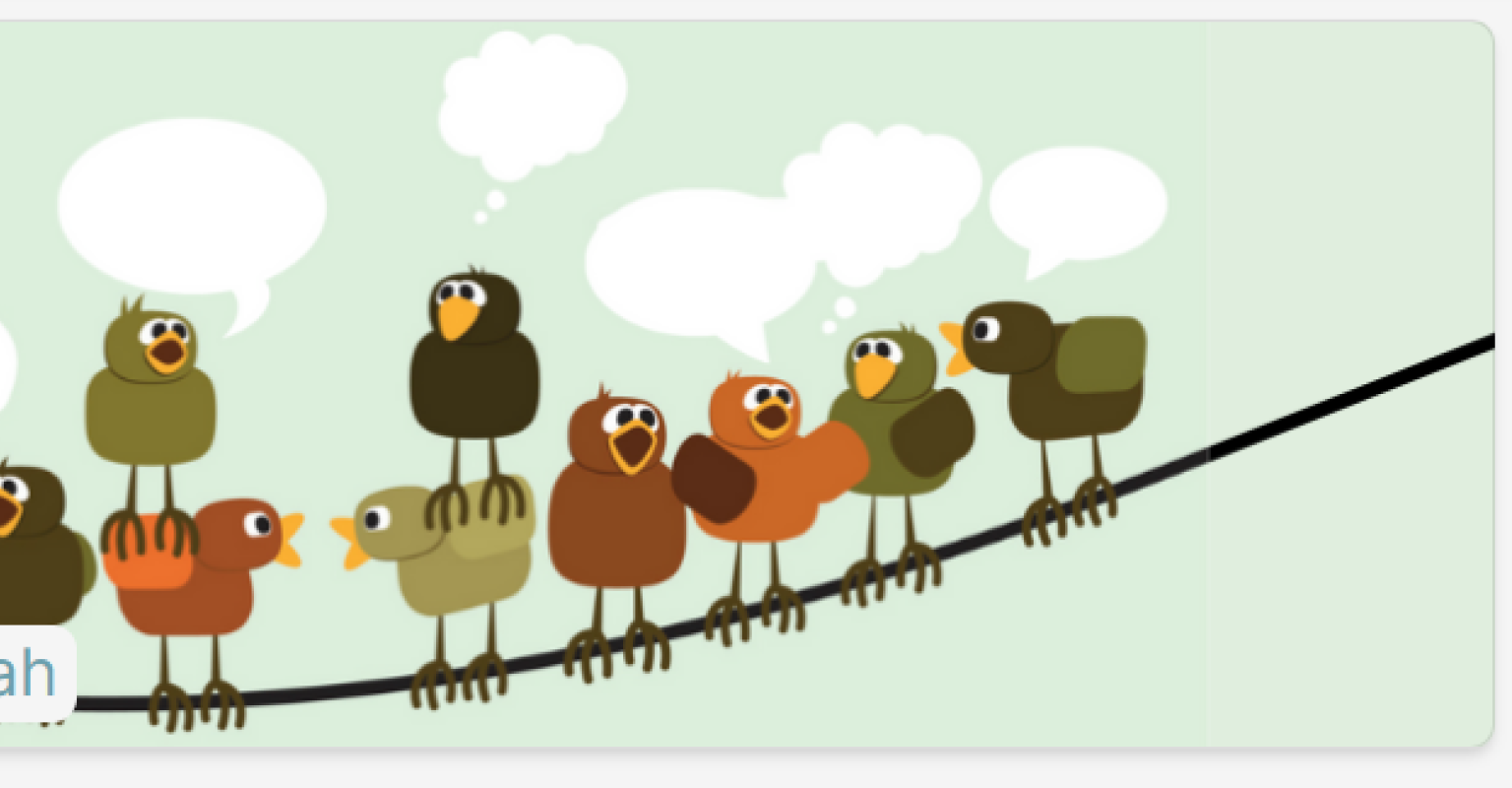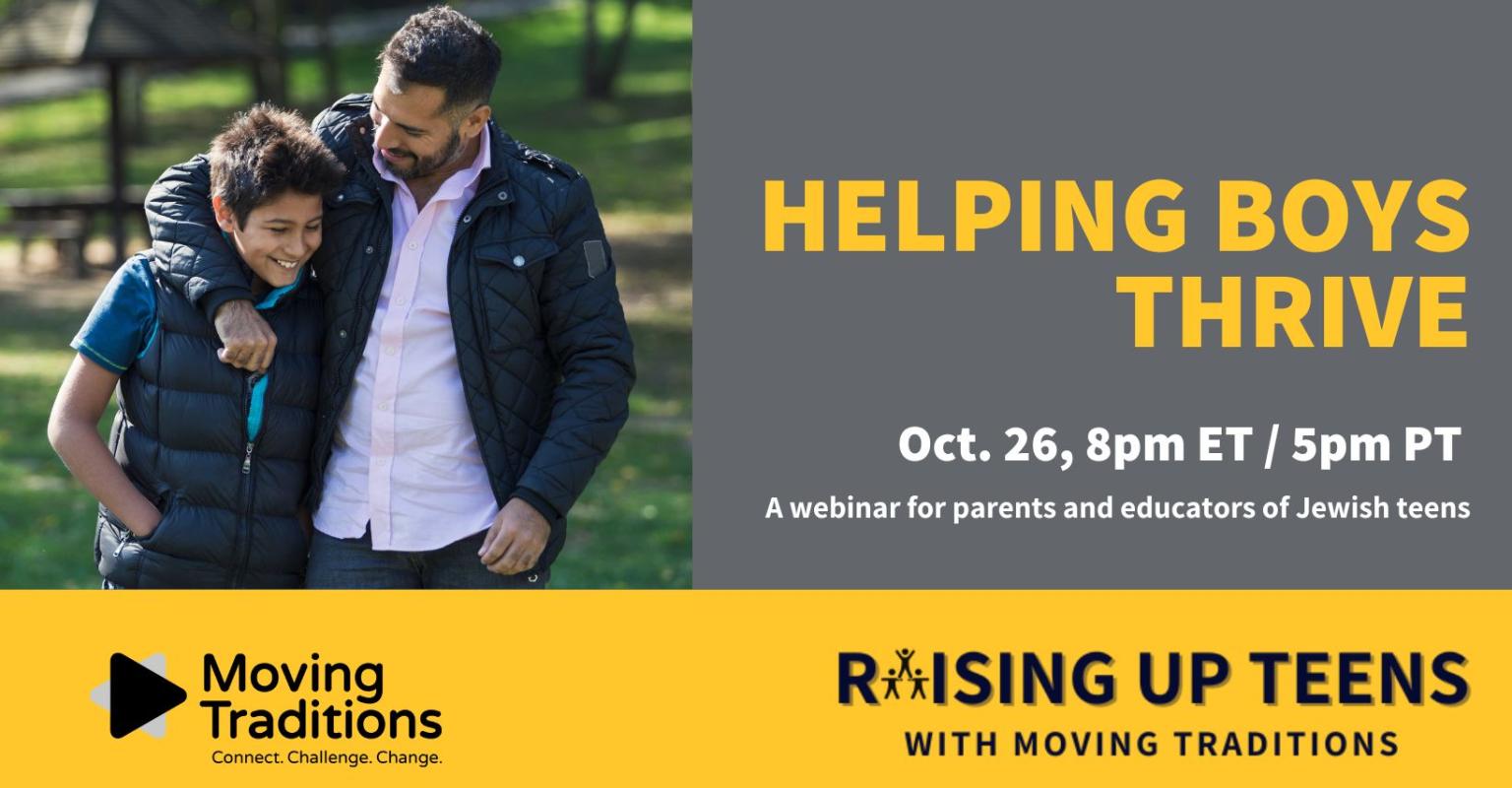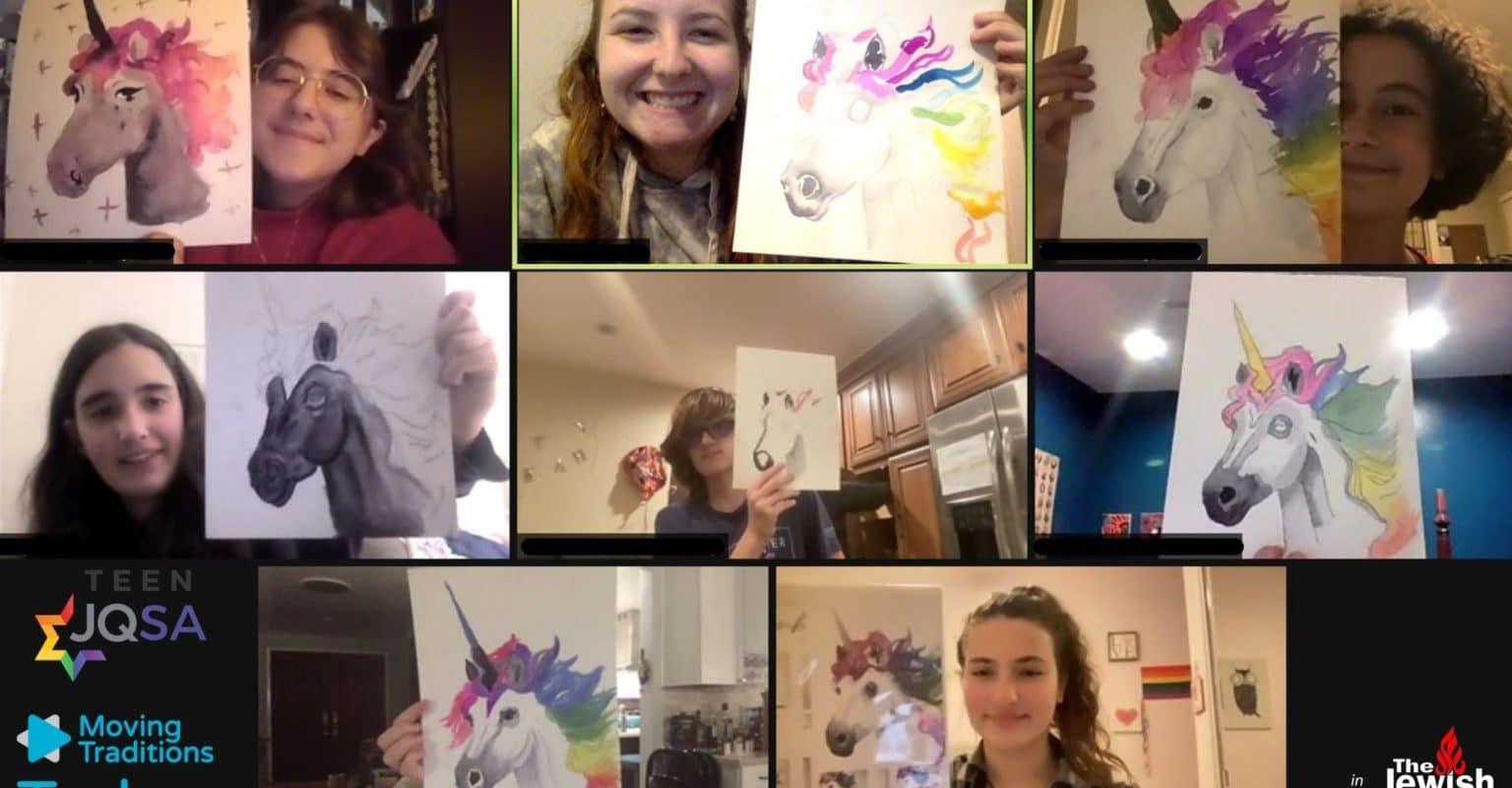This opening session of Shevet engages teen boys in critical discussion around the concept of masculinity. Boys watch videos, play active games, and explore multiple messages that they have received about “being a man”—both the positive messages about manhood that they may have received from people, peers, popular media, and elsewhere as well as the messages about being a man that are confusing or reductive. They will ask: What messages are unrealistic, simplistic, or confining? What does it mean to be a Jewish man in an America that celebrates a particular kind of masculinity? What does it mean to be a mensch and how does being a mensch relate to manhood?
By the end of the session, participants will be able to:
- Establish guidelines for the group as a place where boys can be themselves
- Identify core models of masculinity in American culture and to begin thinking critically about them, and the messages boys have received about them
- Raise awareness of the limitations imposed on men by preconceived notions and stereotypes of manhood, and the messages boys have received about them
- Help teens explore how Jewish wisdom might expand their ideas of manhood.
- Empower participants to view and consciously express a positive vision of manhood and of being a mensch in their own authentic ways.
- Roles and Responsibilities
- Relationship Building
- Well-being
- Social Emotional Learning
- Character Strengths
- After School and Beyond
- Day Schools and Yeshivas
- Teen Engagement
Discover more

Plug-and-play lesson introducing the middah of Anavah/Humility through texts and guiding questions for teens.

Explore how teen boys* experience gender in their everyday lives, and how we can better support their needs.

Sample session from Tzelem, a Moving Traditions program for trans, nonbinary, and LGBT+ teens.
